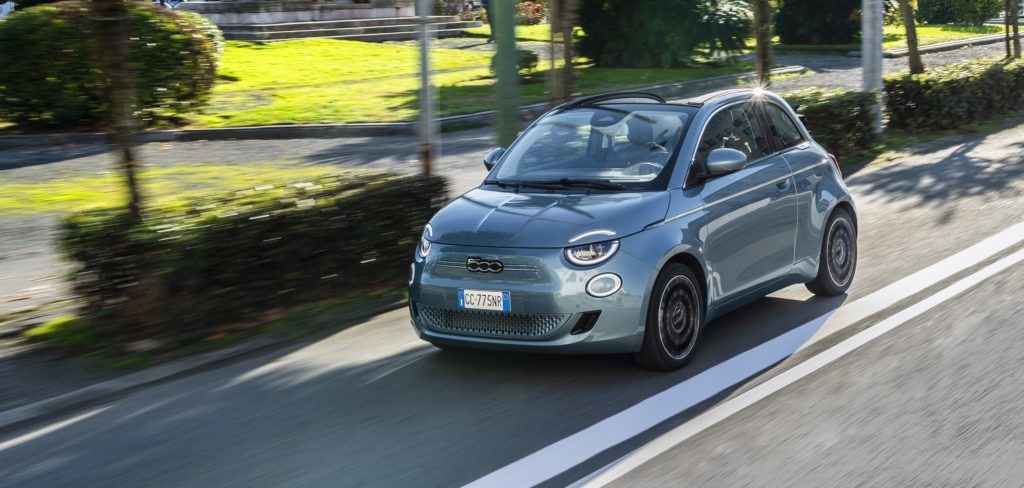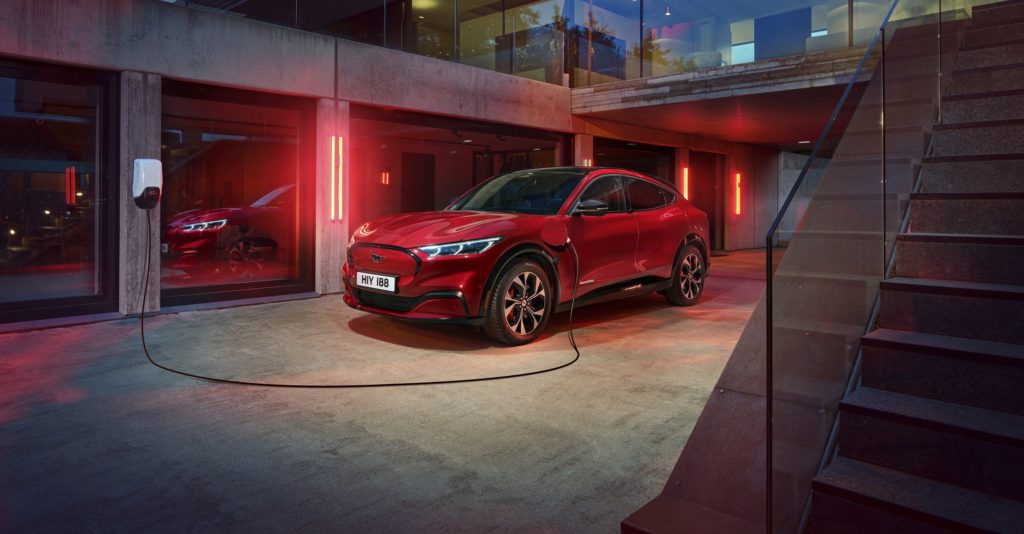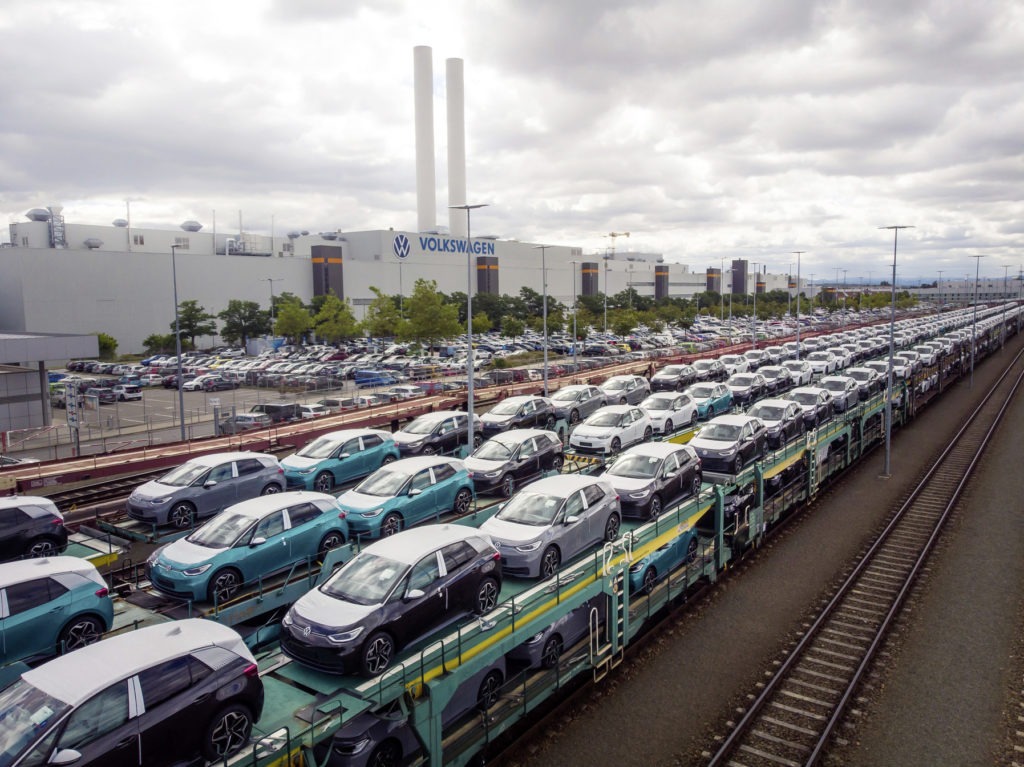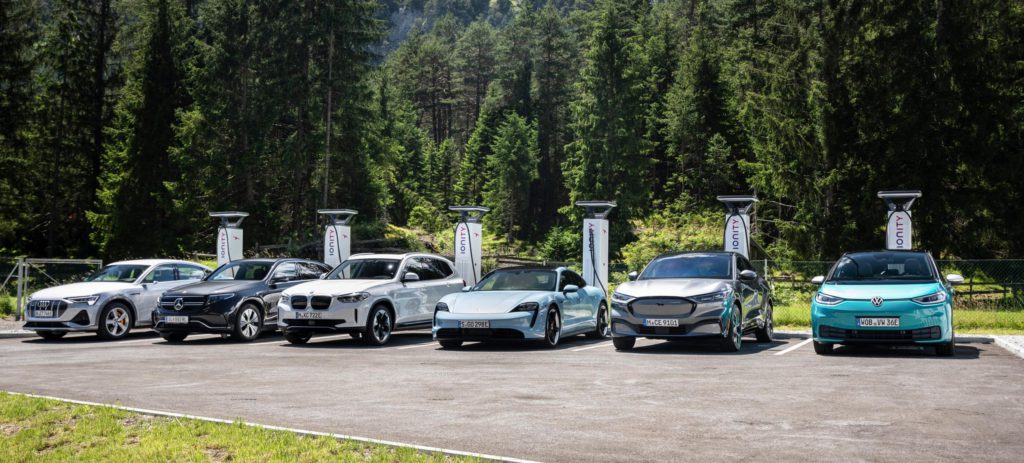Volvo and Polestar plug into infrastructure incentives
10 June 2021
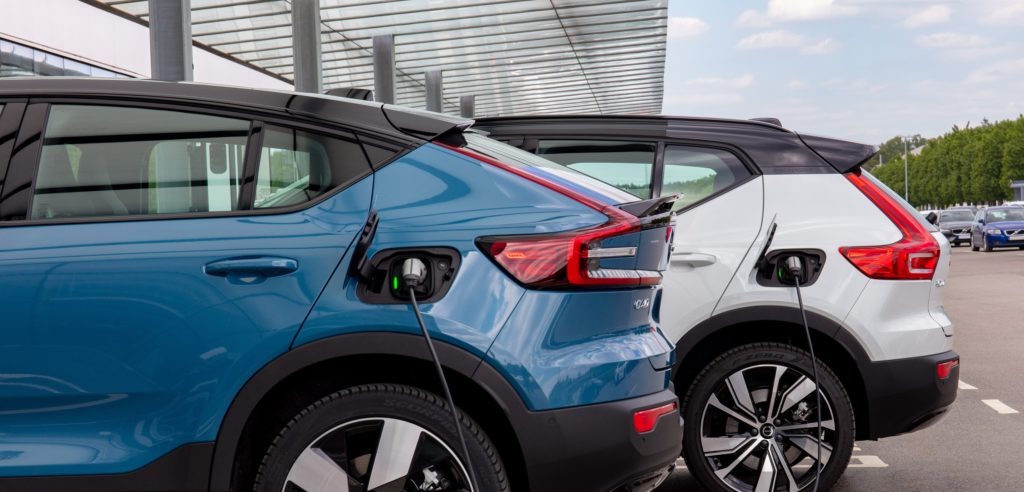
Volvo Cars and its spun-out brand Polestar are looking to offer customers continually improving access to public-charging infrastructure. This means bringing down the plug-in price, expanding the charging network and improving access to high-powered outlets. ′Volvo Cars aims to change the current fragmented public-charging landscape into an all-in experience that is convenient and hassle-free,’ said Olivier Loedel, head of electrification ecosystem at Volvo Cars.
Carmakers are leaning into electromobility as the sun sets on the internal-combustion engine (ICE). Electrically-chargeable vehicle (EV) technology is accelerating at an incredible pace; battery builds are improving, range is extending and new features are abundant. But all these developments pale into insignificance if consumers feel unable to keep their EVs charged. A lack of infrastructure has long been seen as one of the chief barriers to electric adoption. So, automotive companies are pushing as hard as possible to prove chargers are not only available, but are an attractive option financially.
Pushing public points
Volvo and Polestar have forged a new collaborative relationship with the plug-in platform, Plugsurfing. This will mean a reduced charging price for drivers of Volvo Recharge cars and the Polestar 2. From the beginning of July, these customers will pay €0.35/kWh at Ionity’s more than 340 high-powered stations across 24 European countries. On average, the standard cost for high-power charging across this network is €0.79/kWh. This better than half price saving can be expected during the first 12 months of ownership.
′We are excited to offer our customers one of the most competitive prices for charging at Ionity, one of Europe’s largest public fast-charging networks,’ said Loedel. ′This collaboration is a first step in our global ambition to help our customers of Recharge cars travel quickly at a much lower charging cost, wherever they are.’
′This is a prime example of how collaboration in the ever-growing free market of public-charging infrastructure can be used to benefit our customers, much like our recent partnership with ChargePoint in North America,’ said Thomas Ingenlath, Polestar CEO. ′Not being limited to our own exclusive charging network means we can benefit from the expansion and evolution of infrastructure as the industry grows and as the shift to electric mobility gathers momentum. We remain committed to finding more solutions like this for our customers.’
By 2025, Volvo wants half of its global sales to consist of battery electric vehicles (BEVs), with the rest made up of plug-in hybrids (PHEVs). By the end of the decade, it will only sell BEVs. Offering a wider charging network at knocked-down prices is an effective way to entice as many consumers into the world of electromobility as possible. ′The bottom line is that customers want easy access to public-charging infrastructure,’ says Tatu Kulla, Plugsurfing CEO. ′Price and quality of digital infrastructure are key aspects of an excellent user experience. We value the strategic partners who share this vision and seek collaborative solutions.’
Boosting interest
The importance of infrastructure offerings has been dawning on a number of carmakers. At the beginning of this year, Ford announced it had trebled its UK charging network ahead of delivering the Mustang Mach-E. Expanding its partnership with BP, the OEM increased the scope of Ford Pass from 3,000 to roughly 9,500 charging points in the country.
Last year, Audi confirmed it would team up with green-energy provider Octopus in the UK to offer EV owners the opportunity to travel for up to 5,000 miles for free. More recently, the Volkswagen Group brand revealed it would roll out a pilot project in the second half of this year called Audi charging hub. The concept relies on six high-power charging (HPC) stations that can be reserved in advance to provide ′a high level of planning security,’ with a nearby lounge area to pass the time.
Quick charging: Audi is working on a concept for the Audi charging hub – a pilot project aimed at providing high-power charging stations and making more charging infrastructure available. >> https://t.co/u4vvrq4F75#Audi #Charging #eMobility #Sustainability #PilotProject pic.twitter.com/VaPQGLOYGu
″” Audi (@AudiOfficial) May 21, 2021
The easily-transportable hub can be installed and adapted quickly to suit individual locations, and also helps Audi demonstrate its green credentials. The hub is made up of flexible container cubes which house charging pillars as well as used lithium-ion batteries for energy storage (2.45Mwh). Because of this, the 300kW charging stations only need a standard 400V high-voltage hook-up. Photovoltaic modules on the roof also provide additional green energy.
′The charging hub embodies our aspiration for the electric era and highlights Audi’s commitment to ″Vorsprung durch Technik.″ A flexible high-performing HPC charging park like this does not require much from the local electricity grid and uses a sustainable battery concept. Our customers benefit in numerous ways: from the ability to make exclusive reservations, a lounge area and short waiting times thanks to high-performance charging. This is consistent with the premium concept,’ said Oliver Hoffmann, member of the board for technical development of Audi.
